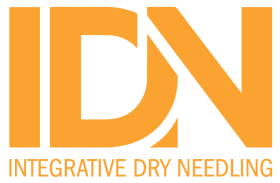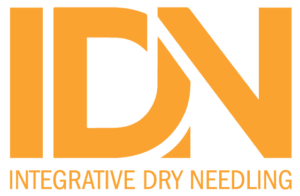Synergistic effect of dry needling and instrument-assisted soft tissue mobilization in patellofemoral pain syndrome: a randomized controlled trial
Authors:Mary Kamal Nassif Takla, Rania Galal El-Deen Abdou Hegazy J Man Manip Ther. 2025 Dec 23:1-10. doi: 10.1080/10669817.2025.2607388. Online ahead of print.



